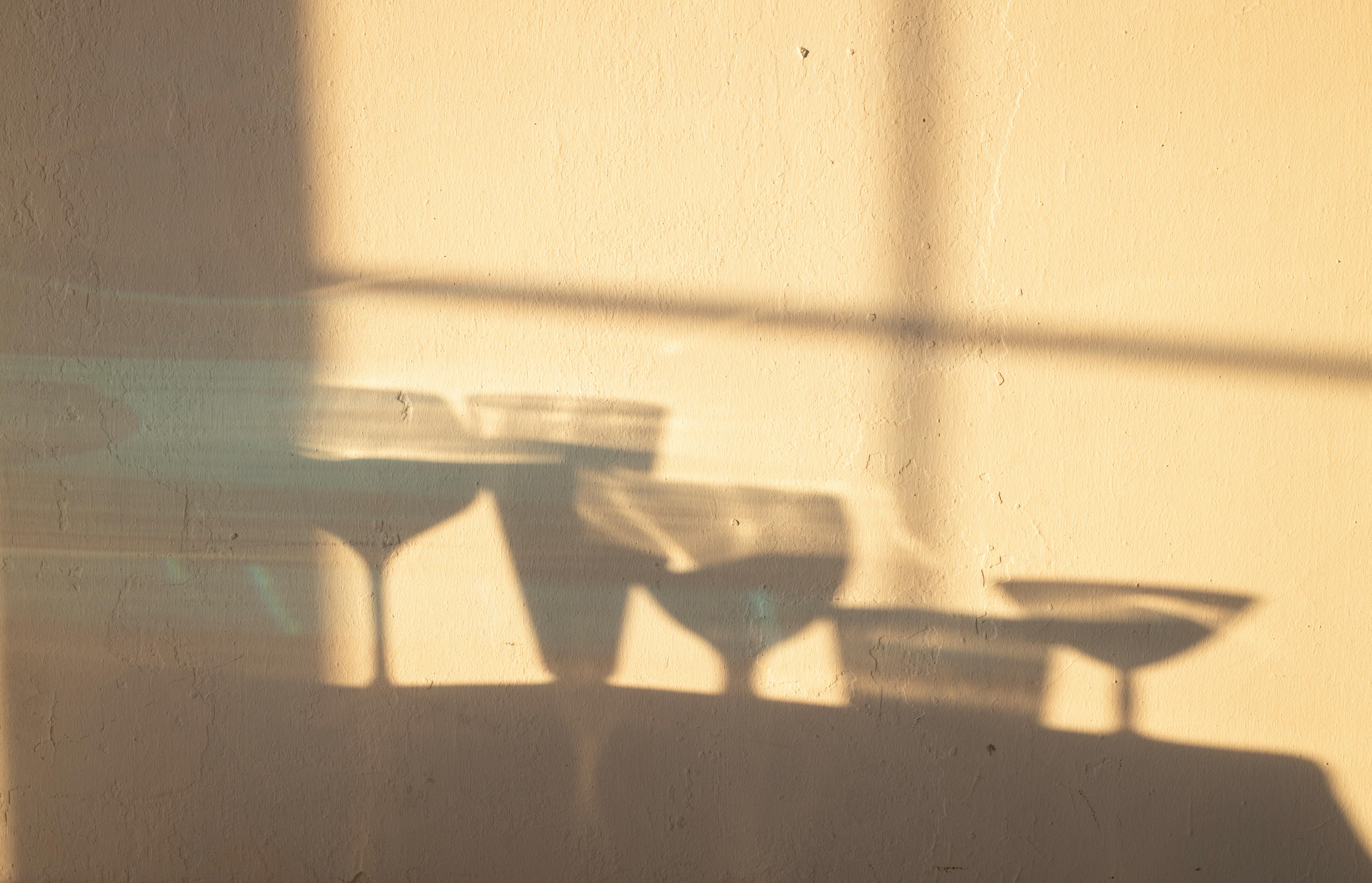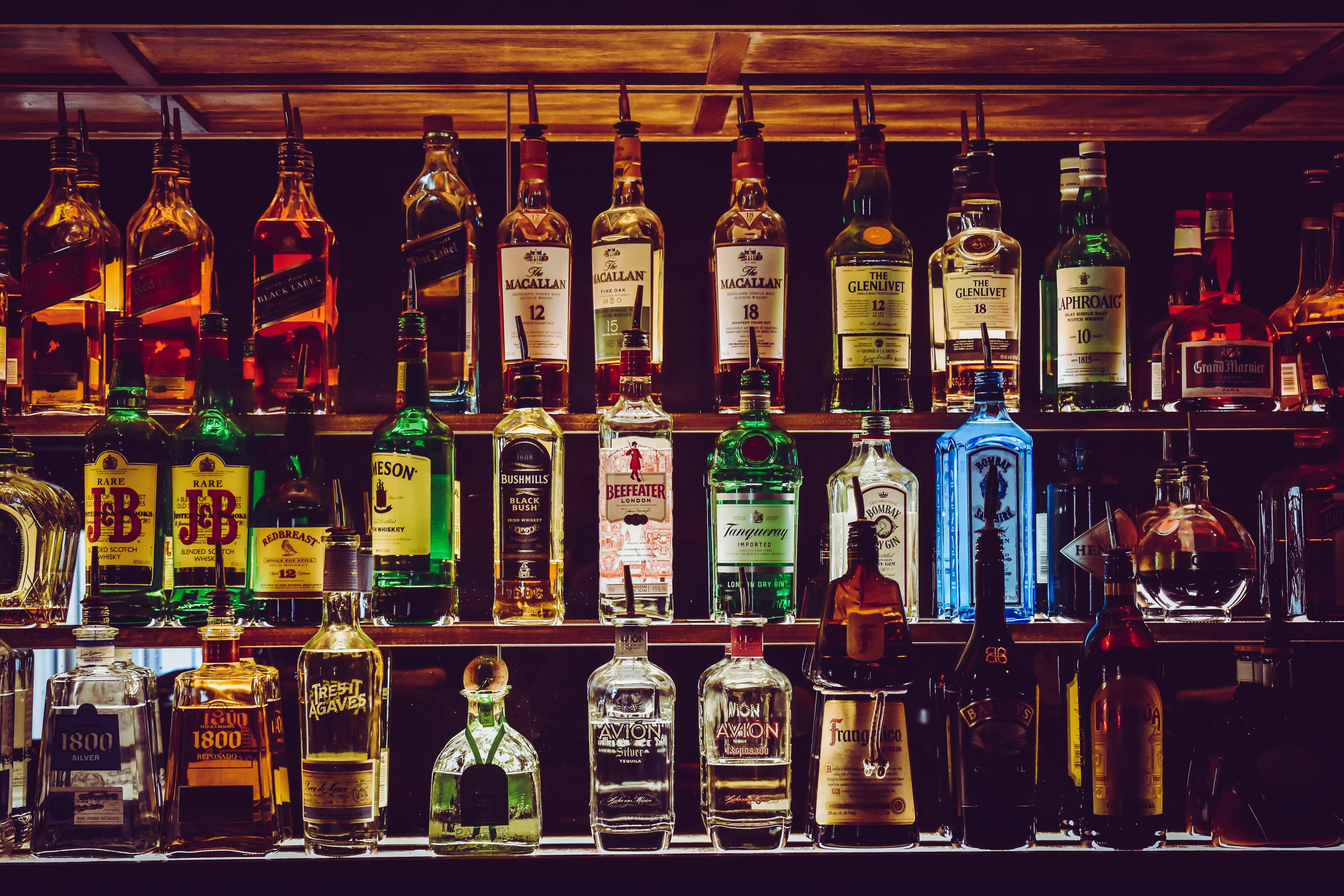Distilling liquor is a centuries-old practice that has been used to make various types of alcoholic beverages. The process involves boiling a liquid to separate its components and then collecting the condensed steam, which contains the most volatile parts of the original liquid. Distilling alcohol is relatively easy and can be done at home with the proper equipment and ingredients. This guide will provide an overview of the distillation process and explain how to distill liquor.When it comes to distilling your own liquor, the ingredients you choose are essential to creating great-tasting spirits. To help you pick the right ingredients for your needs, consider the following tips:
1. Start with high-quality base ingredients. The quality of your base ingredients will directly impact the flavor and aroma of your spirit. Stick with fresh, organic fruits, grains, and other base ingredients whenever possible.
2. Choose complementary flavors. To create a harmonious blend of flavors in your spirit, select complementary flavors that work well together. For instance, mix sweet fruits like apples or oranges with more bitter flavors like lemon or lime for a balanced taste profile.
3. Pay attention to fermentation time and temperature. Fermentation helps develop flavor complexity in an alcohol spirit, but too much fermentation can lead to off-flavors such as sulfuric aromas or harshness on the palate. Monitor fermentation closely and adjust temperatures as necessary to produce a high-quality product.
4. Be mindful of distilling time and temperature. Distillation is key in producing high-quality alcohol spirits, but it should be done carefully so as not to damage the delicate flavors and aromas developed during
Understanding the Basics of Distilling Alcohol
Distilling alcohol is the process of separating and collecting alcohol from a fermented liquid, such as beer or wine. The process also involves boiling the liquid to create steam, which is then collected and cooled to form a concentrated form of alcohol. Distillation is used to make a variety of alcoholic beverages, including whiskey, vodka, and gin. It can also be used to increase the strength of an alcoholic beverage or to remove impurities from the drink.
The basic process of distilling alcohol begins with fermentation. In this step, yeast is added to a liquid containing sugar or other carbohydrates. The yeast feeds on the sugar and produces alcohol and carbon dioxide as byproducts. This produces what is known as a wash, which contains between 5% and 20% alcohol by volume (ABV).
The next step in distilling alcohol is heating the wash in a still. As the liquid boils, it produces steam that carries ethanol vapor with it. This vapor then travels up through a condenser where it cools and turns back into liquid form. This condensed liquid contains between 40% and 95% ABV depending on how
Preparing Your Equipment for Distilling Liquor
Preparing your distilling equipment before you start distilling is essential to ensuring that you get the best possible results. Before you begin, make sure that all of your equipment is clean and sanitized. You should also check to make sure that your still is in good working order and all of the seals are intact. Additionally, if you are using a reflux still, inspect the condenser for any signs of damage or corrosion.
Once you have inspected and cleaned all of your equipment, it’s time to set it up for use. This includes putting together the still, attaching the condenser, and connecting any hoses or valves. Make sure that everything is securely connected and sealed properly so that no steam can escape during the distillation process. Additionally, if you are using a reflux still, ensure that the cooling water is flowing correctly and there are no leaks in the system.
It’s also important to make sure that any ingredients or additives that will be used during distillation are measured out correctly. This includes grains, sugars, hops, spices, or any other
Collecting and Measuring the Right Amounts of Ingredients
When cooking or baking, it is important to collect and measure the right amounts of ingredients. This is essential for ensuring that your dishes turn out as expected. You need to make sure that you have enough of each ingredient and that you measure it accurately. This can be done by using measuring cups, measuring spoons, or a kitchen scale.
Measuring cups come in a variety of sizes and are used for measuring dry ingredients like flour, sugar, rice, etc. Measuring spoons are used for measuring smaller amounts of ingredients like salt, baking powder, spices, etc. A kitchen scale can be used for measuring both wet and dry ingredients.
When measuring ingredients using measuring cups or spoons, it is important to fill them up to the correct level indicated on the cup or spoon so that you get the right amount of ingredient in your recipe. If you are using a kitchen scale, make sure that you set it properly before weighing any ingredients. Once you have collected and measured out all the ingredients according to your recipe, you can then move on to preparing your dish!
Setting Up and Starting the Distillation Process
Distillation is a form of separation technology used to separate a liquid or vapor mixture into its component parts. It is an essential step in the production of many products, including beverages, food, and chemicals. In order to ensure that the distillation process runs smoothly and efficiently, it is important to set up and start the process correctly. This involves selecting the right type of equipment, assembling it properly, and setting up the conditions for the distillation process.
The first step in setting up a distillation process is to select the proper equipment. Different types of distillation equipment are available depending on the type of material being distilled and the desired results of the process. The most common types of distillation equipment include fractional columns, packed columns, stripping columns, reflux condensers, pumps, and vapor-liquid separators. It is important to ensure that all components are compatible with each other before beginning the setup process.
Once the proper equipment has been selected and assembled, it is important to set up the conditions for distilling. This includes determining an appropriate temperature for boiling off any volatile components in the mixture as well as a

Monitoring the Temperature and Pressure During Distillation
Distillation is a process used to separate mixtures of liquids into their individual components. It involves boiling the mixture, collecting the vapors that rise off and condensing them back into liquid form. To ensure that distillation is successful, it is important to monitor both the temperature and pressure during the process.
Temperature monitoring is critical for successful distillation. The temperature of the boiling mixture needs to be carefully monitored so that it does not exceed the boiling point of any of the components in the mixture. If it does, then some of those components will evaporate along with the desired component, resulting in an impure final product. The temperature should also be monitored to ensure that an efficient amount of energy is being used during distillation.
Pressure monitoring is also important for successful distillation. Pressure affects how quickly or slowly certain molecules evaporate from a liquid, and can have a significant impact on how efficiently distillation occurs. If the pressure is too low, then some molecules may not evaporate at all, resulting in an incomplete separation of components in the mixture. If it is
Testing the Quality of Your Distilled Liquor
Distilling liquor is a process that requires a high level of precision and accuracy. It’s important to ensure that the finished product meets the desired standards of quality. To ensure the highest quality liquor, it’s important to test it regularly for consistency and purity. This article will provide you with some tips on how to properly test your distilled liquor.
The first step in testing your distilled liquor is to make sure it’s at the correct temperature. The ideal temperature for most distilled liquors is between 40-50 degrees Fahrenheit. It’s also important to check for any off-flavors or discoloration, which can indicate a problem with the fermentation or distillation process. If you notice any of these issues, it’s best to discard the batch and start over with a fresh batch.
Another important factor when testing your distilled liquor is alcohol content. This can be checked using a hydrometer or refractometer, which measure the amount of alcohol in a liquid solution. The ideal alcohol content for most liquors is between 40-50% ABV (alcohol by volume). If it’s too low or too high
Making Adjustments to Improve Flavor and Alcohol Content
Making adjustments to improve the flavor and alcohol content of beer can be a great way to create a unique, flavorful brew. By adjusting the amount of hops, malt, or yeast used in the brewing process, brewers can create beers with different levels of bitterness, sweetness, and alcohol content.
Hops are a key ingredient in beer, as they provide flavor and aroma along with a bittering effect. Increasing the amount of hops used in a recipe can result in a more intense flavor profile and higher levels of bitterness. Conversely, using less hops can result in a smoother flavor profile and lower levels of bitterness.
Malt is another key ingredient in beer that provides sweetness as well as color and body. Adding more malt into the mix will increase the amount of sugars available for fermentation, resulting in higher levels of alcohol content. On the other hand, reducing the amount of malt used will decrease the alcohol content while still providing some sweetness to balance out any bitterness from the hops.
Finally, yeast is an important element that contributes to both flavor and alcohol content. Different types of yeast will produce different flavors and levels of alcohol depending

Conclusion
Distilling liquor requires precision, quality ingredients, and patience to make sure that the final product is the best it can be. It is a process that takes time and dedication, but the reward of a high-quality spirit is well worth it. With the right equipment and knowledge you can now create delicious spirits from home with ease.
The process of distilling liquor has come a long way since its early days and modern technology has made it easier than ever to craft your own spirits at home. With research, practice, and patience you will be able to master the art of distilling alcohol in no time.
Just remember to always stay safe while distilling liquor as alcohol vapors are flammable and can cause serious injury or even death if mishandled. Enjoy your newly crafted spirits responsibly!
So there you have it – now you know everything about distilling liquor! Whether you are just starting out in the world of distilling or have been doing it for years, this guide should help you make sure that your final product is the best possible quality.

